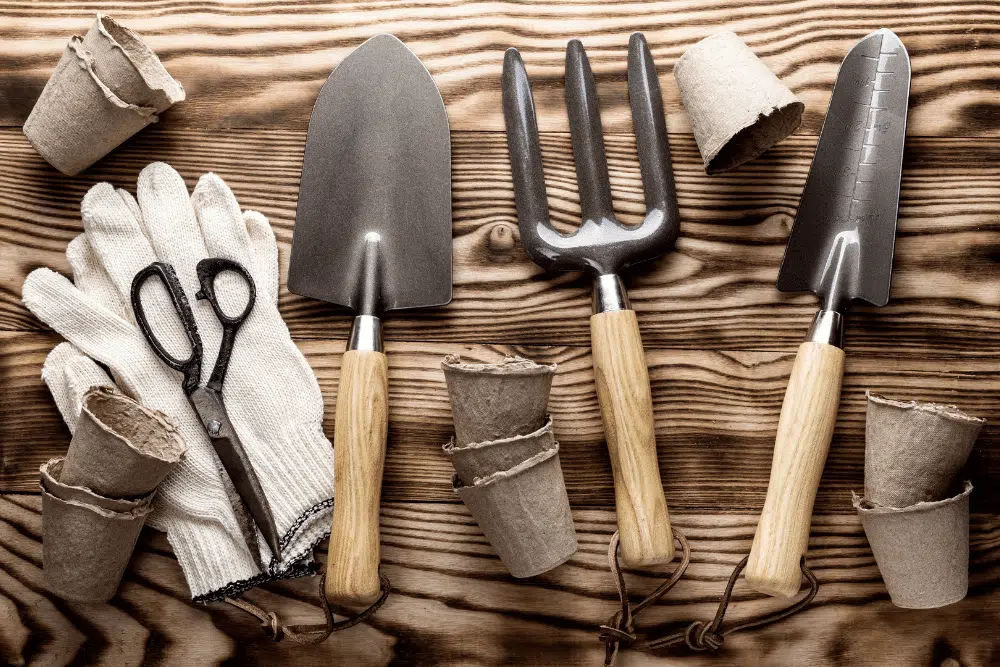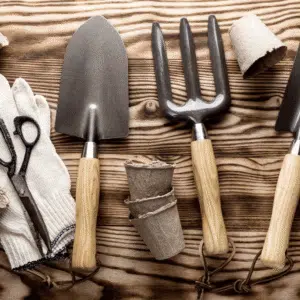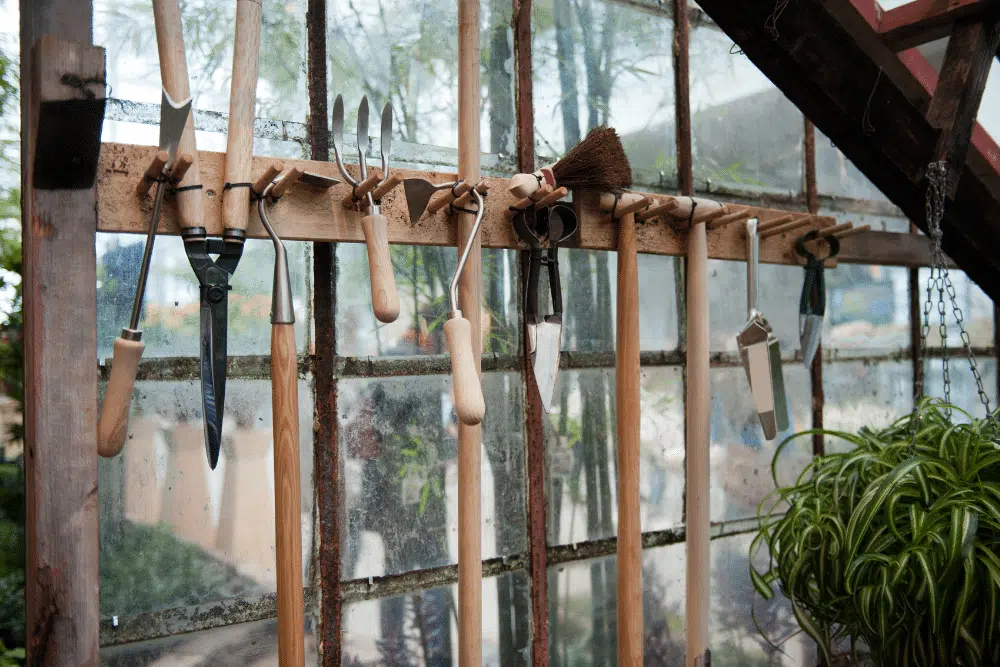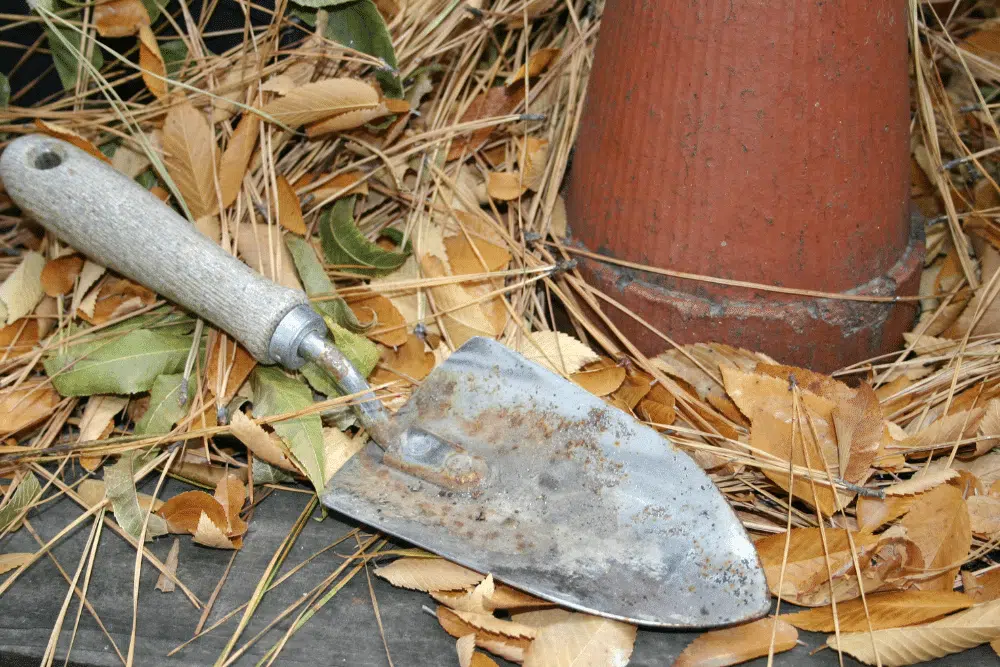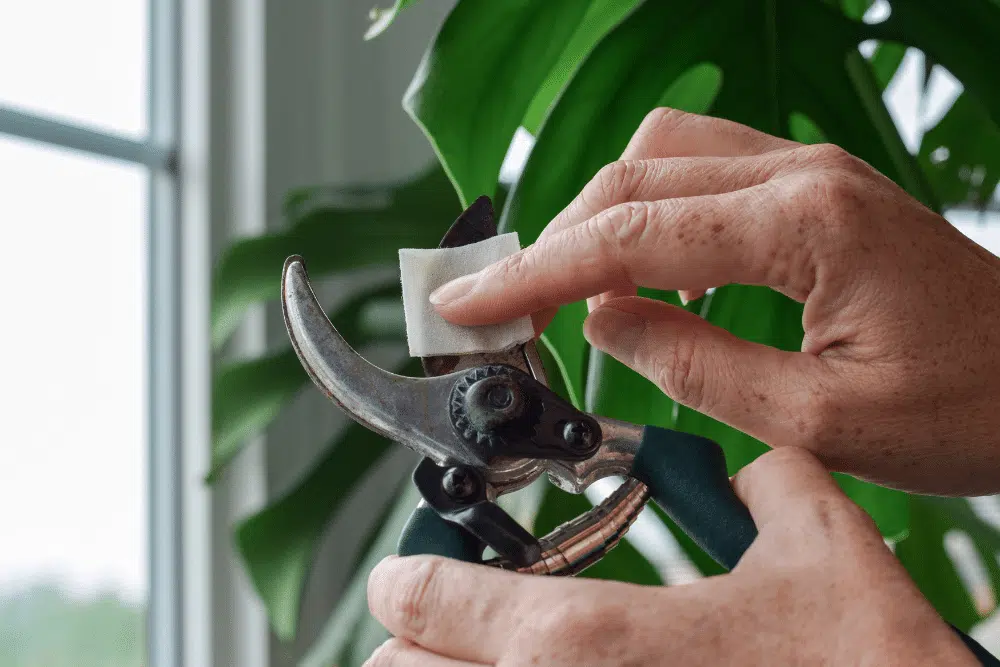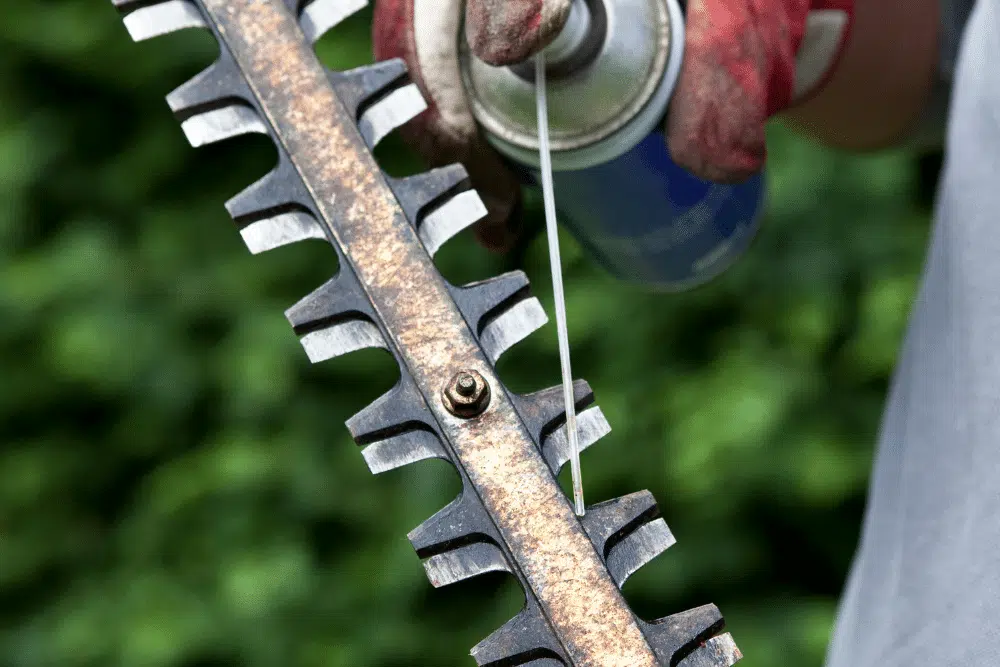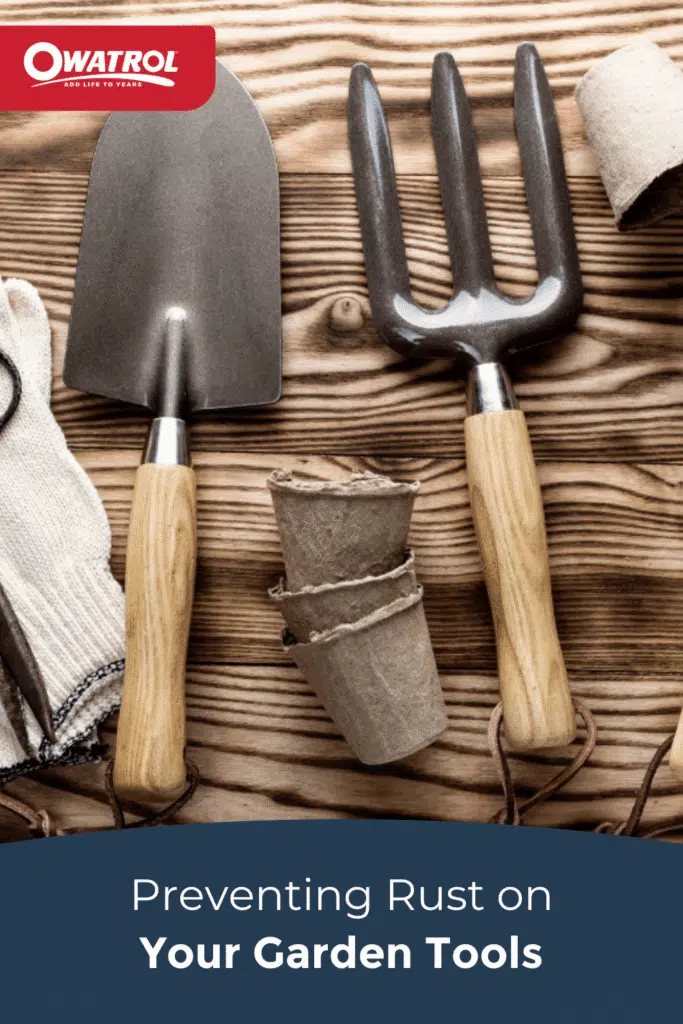With the right care, quality garden tools can last for a lifetime. So, we are going to share some top tips on preventing rust on your garden tools to help keep them in great shape.
Our five step care system will help make sure you can use your tools year after year.ƒ
1. Clean your tools after use
This may seem unnecessary seeing as some tools are quite literally created to get them dirty! However, cleaning them after each use before being stored away is one of the very best things you can do for them.
Moisture from dirt will create a breeding ground for the rusting process and sap from branches etc. will cause unnecessary sticking and all over degradation of your tools.
Cleaning them off need not be a difficult and time consuming task. In the case of dirt, usually just hosing the tool down after use will suffice. In the case of sap, you may want to use something like turpentine or rubbing alcohol.
Once the tools are sufficiently clean, you should make sure they are completely dry before storing them away. This is a really important step as moisture is one of the main ingredients in creating rust – the other being air. You could leave them in the sun to dry, or simply use an old towel or rag.
2. Proper storage
Other than keeping your tools clean and dry, making sure they are stored correctly is our second best top tip. Simply keeping them inside of a shed is not necessarily enough if that shed is compromised.
If you have the space to do so, storing your tools up and off the floor is the best thing you can do for them. This way, they are not sitting on the floor in a pile exposed to moisture (preventing rust) but hanging everything up will also prevent any unnecessary damage from them being moved around.
If you have the space for a peg board, this will also make finding your tools when needed a lot quicker and easier – as well as being a quick and easy way to see if a tool is missing.
3. Remove rust ASAP
When you first see rust appear on your tools, you should take action to remove it ASAP. The two main factors rust requires to thrive are moisture and air so once it has formed, it will only get worse.
We recommend taking a look at our previous post ‘How to Remove Rust From Metal‘. This is a great post that goes over a variety of ways in which you can remove rust and explains why you may want to use one way over another.
4. Sanitise
The main reason for sanitising your tools is to help keep your garden in good health. Simply applying a coat of rubbing alcohol or using a bleach bath (1 part bleach to 10 parts water) will kill off any potentially detrimental fungi or pathogens.
However, drying your tools thoroughly after sanitising is also a great way to keep any potential rust at bay. This is especially so with alcohol as it will dry very quickly even on its own.
This doesn’t need to be carried out after every use, a quick sanitise once or twice a year should be perfectly sufficient.
5. Oil regularly
Another great way to prevent rust on your garden tools is by oiling them. This also doesn’t need to happen after each use, but a few times a year should suffice. For the metal parts of your tools we recommend using Owatrol Oil.
Owatrol Oil is our versatile, highly saturating, rust-inhibiting oil that penetrates through rusted metal to the sound metal below, isolating it and protecting it from further rust whilst also providing a tough, yet flexible finish.
If your tools have seized, we recommend using a product such as Transyl. Transyl is our multi-purpose, penetrating lubricant and releasing oil. It’s available in a wide variety of sizes including a 200ml and 400ml spray can and both come with handy straws for precise application.
We also recommend not only oiling the metal part of your tools but the handle too – if made of wood. For this, you could use a product such as Textrol – our highly-saturating wood oil for weathered wood. Alternatively, you could use Aquadecks – our water-based saturating wood oil for all wood types. Not only will they both protect the wood, but they will also give it a beautiful finish.
These products are both deeply saturating and work by protecting the wood from within. This means that there is no film on the surface and therefore it will not peel or flake.
We hope you found this post on preventing rust on your garden tools helpful. If you have any other handy tips or advice, please feel free to leave them in the comments below.
We love hearing from you! If you share your project on Twitter, Facebook, Instagram or Pinterest please feel free to tag us @OwatrolUK or use #OwatrolUK. We would love to see and share your hard work!

